A signature in a delicate calligraphy "Adham?" adorns the collar.
The familiar shape develops on a pedestal, a body wide at the base and tapered to end in a long slender ringed neck followed by a Dominica-shaped cap with fretel.
A thin handle to support the whole.
A long pouring spout
The highly worked basin alternates a decoration of enamelled medallions around the perimeter encircling a large grid supporting medallions.
The bulbous base is gadrooned and chiselled with small flowers and friezes.
From the 18th century, Türkiye.
This Islamic ewer or jug was mainly used for ablutions, washing the face and hands, during religious ceremonies.
"The feast of initiates, standing ready to serve, the beauties from all sides hold the ewer in their hands;
The faiths of love wash their hands with all their soul;
While the beauties pour the water, the ewer by hand"
Reading and Translation, AS Melikian-Chirvani, 1973 p 119.
The ewers are emblematic and are among the most beautiful objects of ancient oriental art, they are all different because they are all special orders. ## Possessing the beautiful rounded shape of the Ottoman style found on the rare Zem-zem, magnificent pieces with caps and chains used for the pilgrimage to Mecca, our model nevertheless has a worthy museum piece from a large collection.
The Ottoman Empire lasted from 1299 to 1923 (more than six centuries).
For a long time it was a small autonomous beylicate, then de facto independent of the Seljuk sultanate, then in full decline.
It then extended for three centuries from the gates of Vienna to the Persian Gulf, from Oran in Algeria to Baku on the Caspian Sea, and from the steppes of present-day Ukraine to the marshes of the Nile in present-day Sudan and to the mountains of the current Yemen.
In connection with its international relations, the Ottoman Empire was referred to as the "Ottoman Sublime Porte", or simply "Sublime Porte", named after the monumental gate of honor of the Grand Vizirate, seat of the Sultan's government in Constantinople and was a ally of the kingdom of France against the Habsburgs.
Dimensions: Total height: 36 cm - basin diameter: 36 cm - weight: 2500 g
## The tombac or tombak is the name of the alloy of copper (95 to 70 %) and zinc (5 to 20 %) (brass).
It is white when zinc is in high proportion but yellow when it is copper.
You can add tin, lead or arsenic to change its color.
## We have other old ewers from different sources as well as many Islamic art objects that we present on Proantic.
FREE SHIPPING FOR FRANCE
by colissimo 0€ / EUR 25 € / WORLD 50 €
ref WINSTEIN 1231



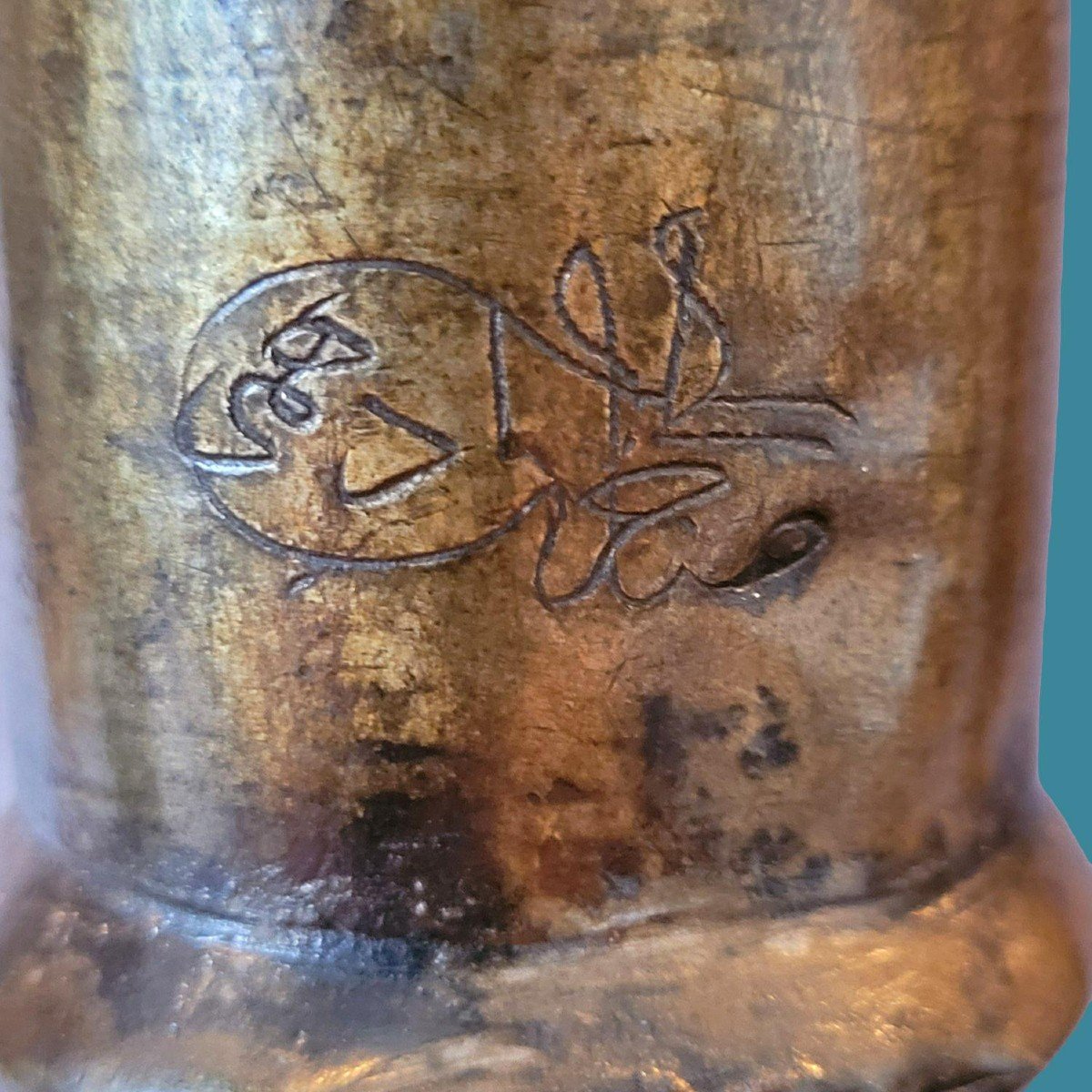
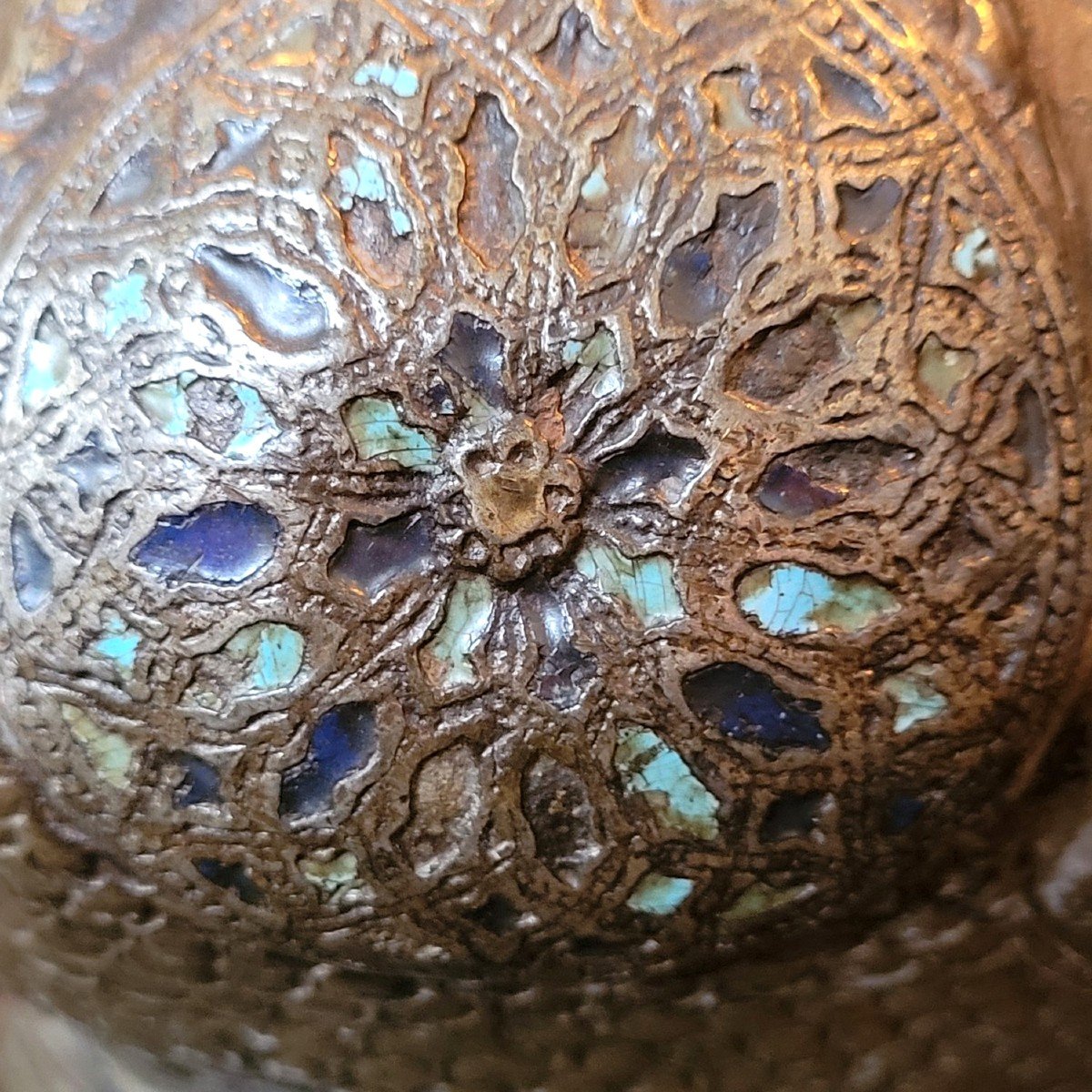
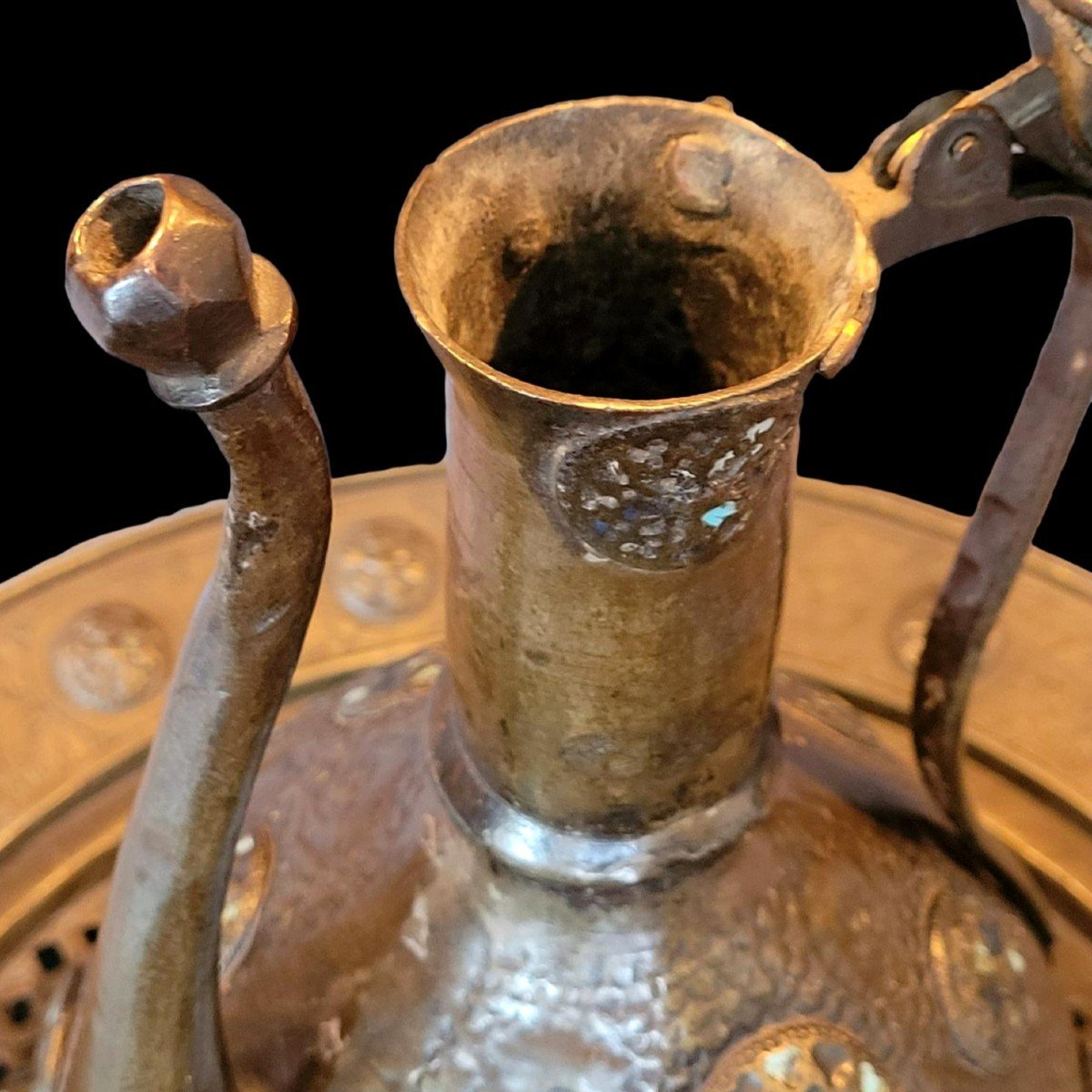
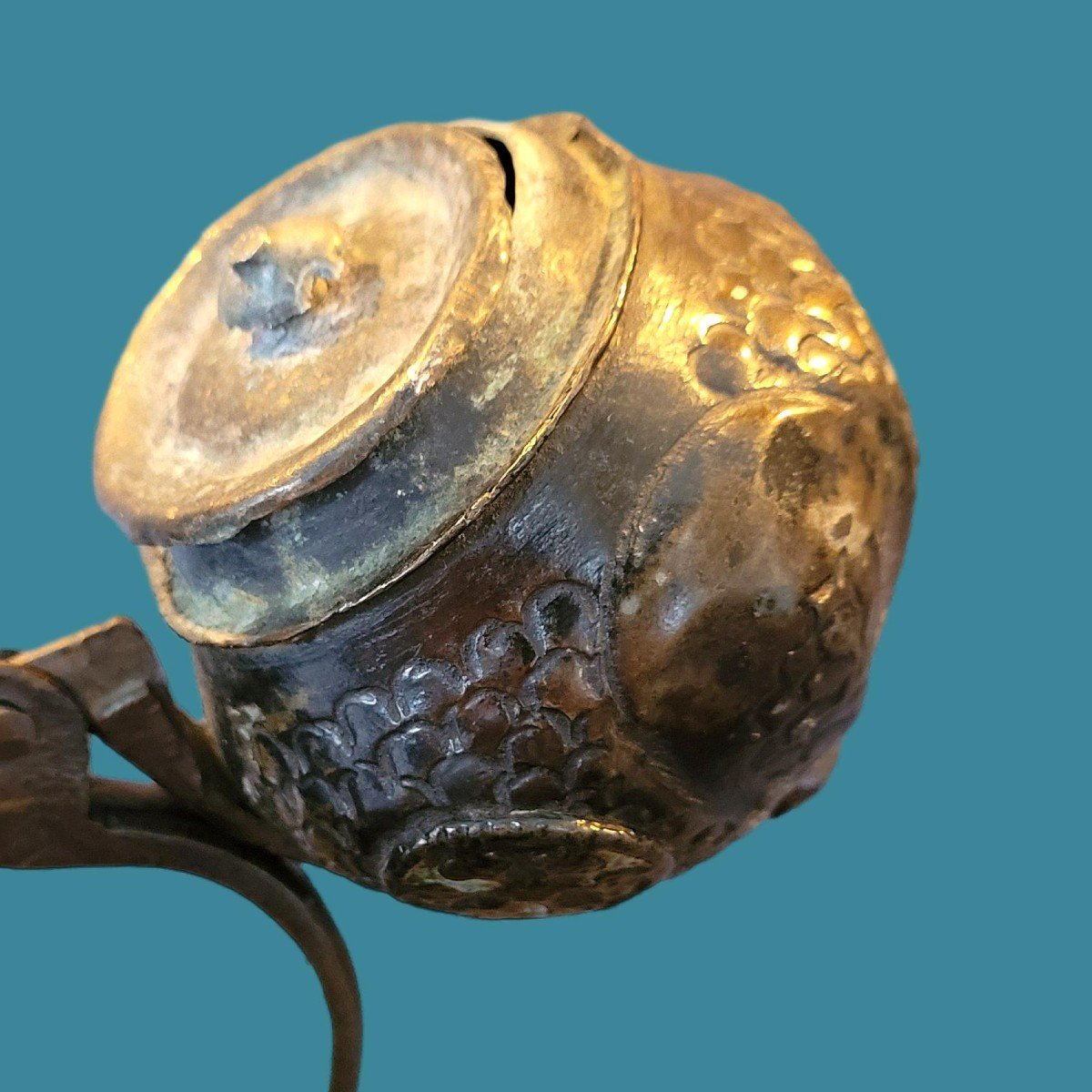
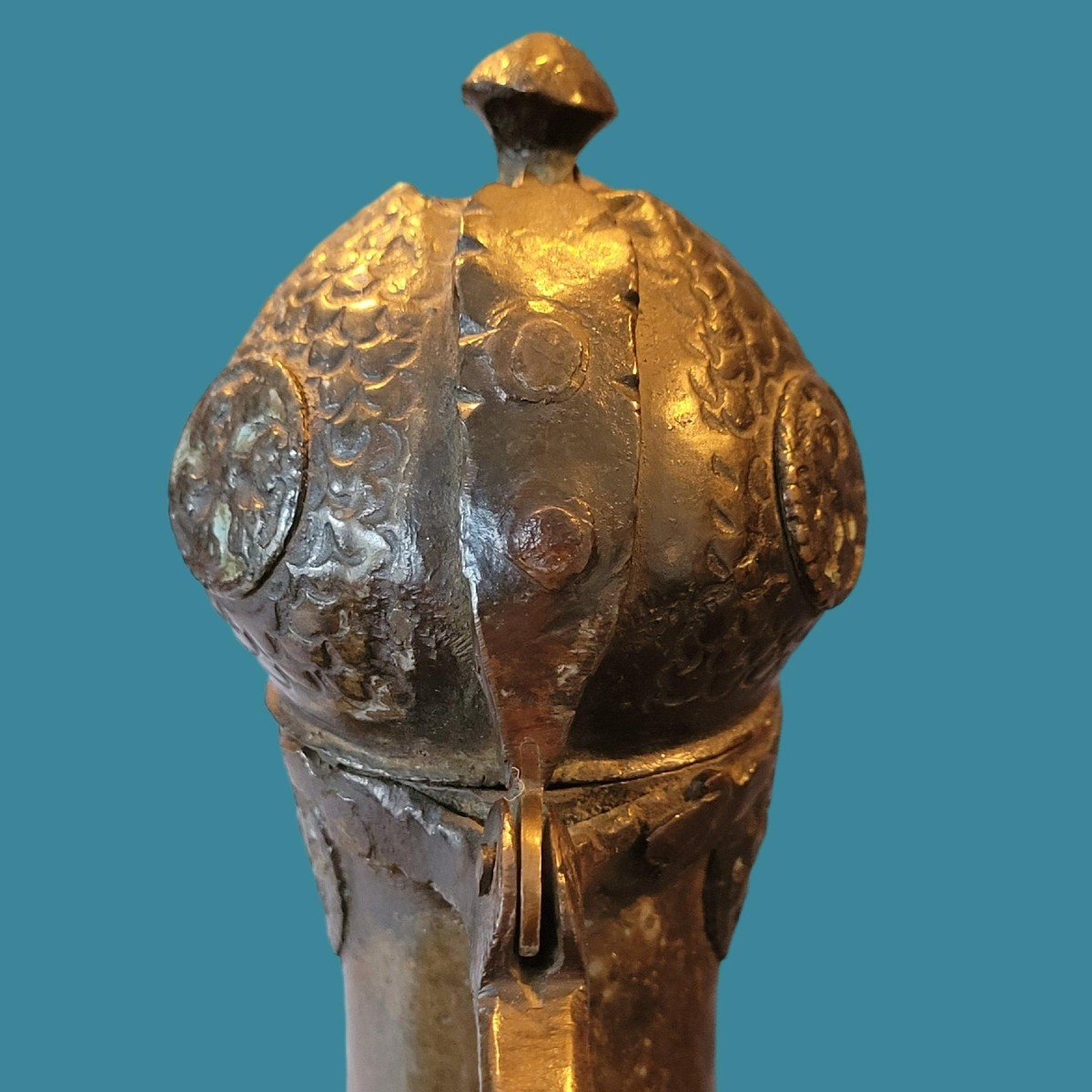
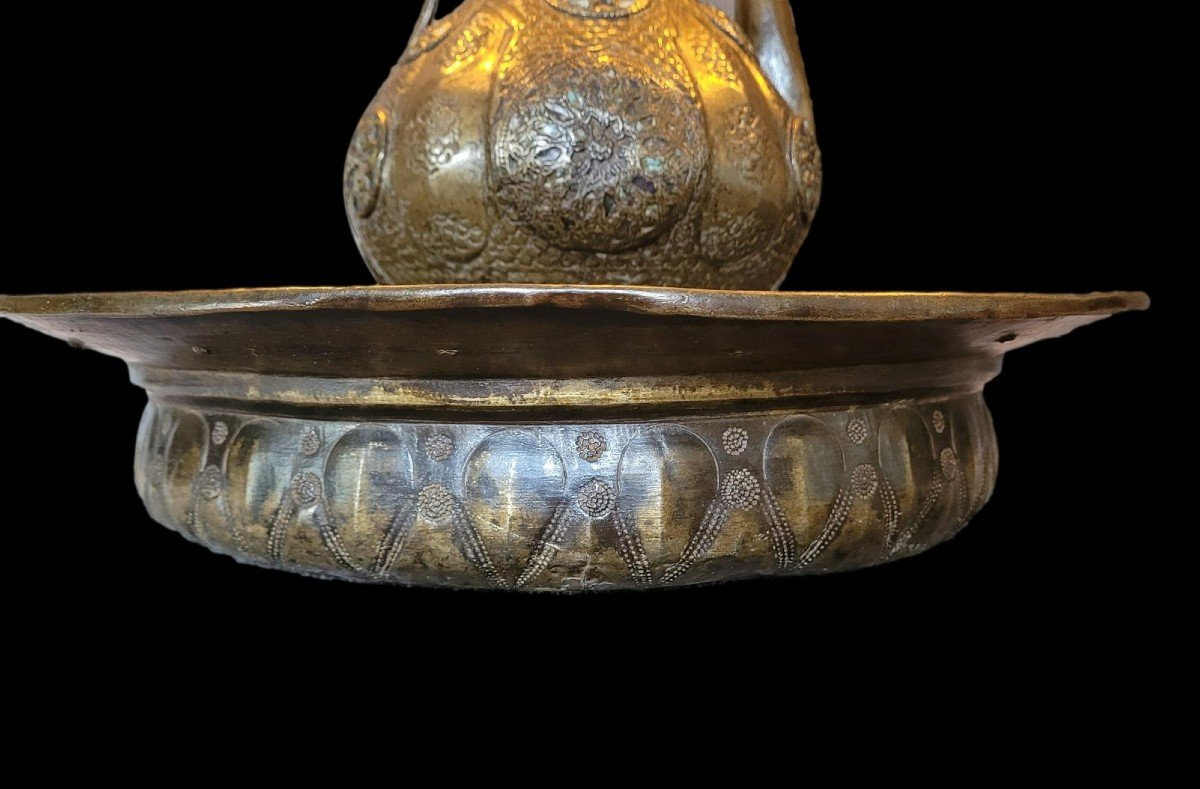


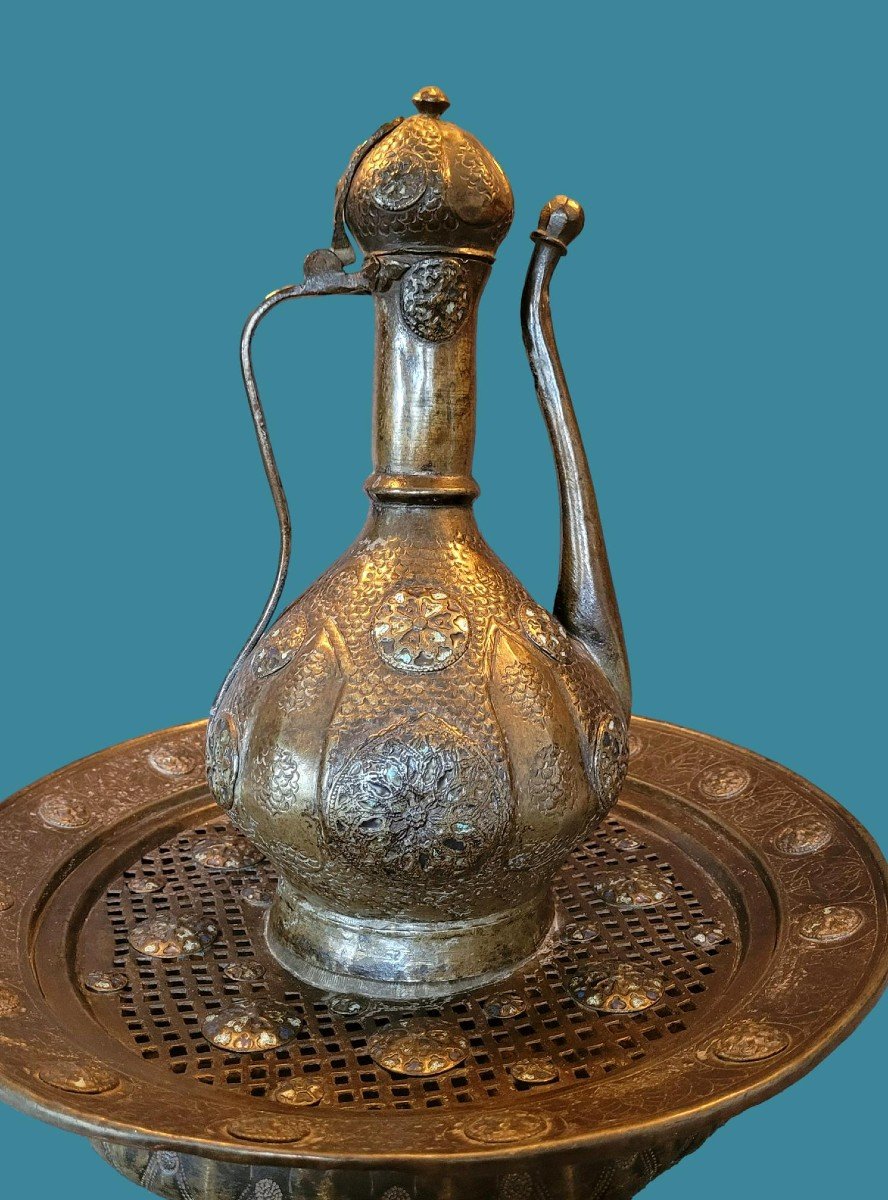

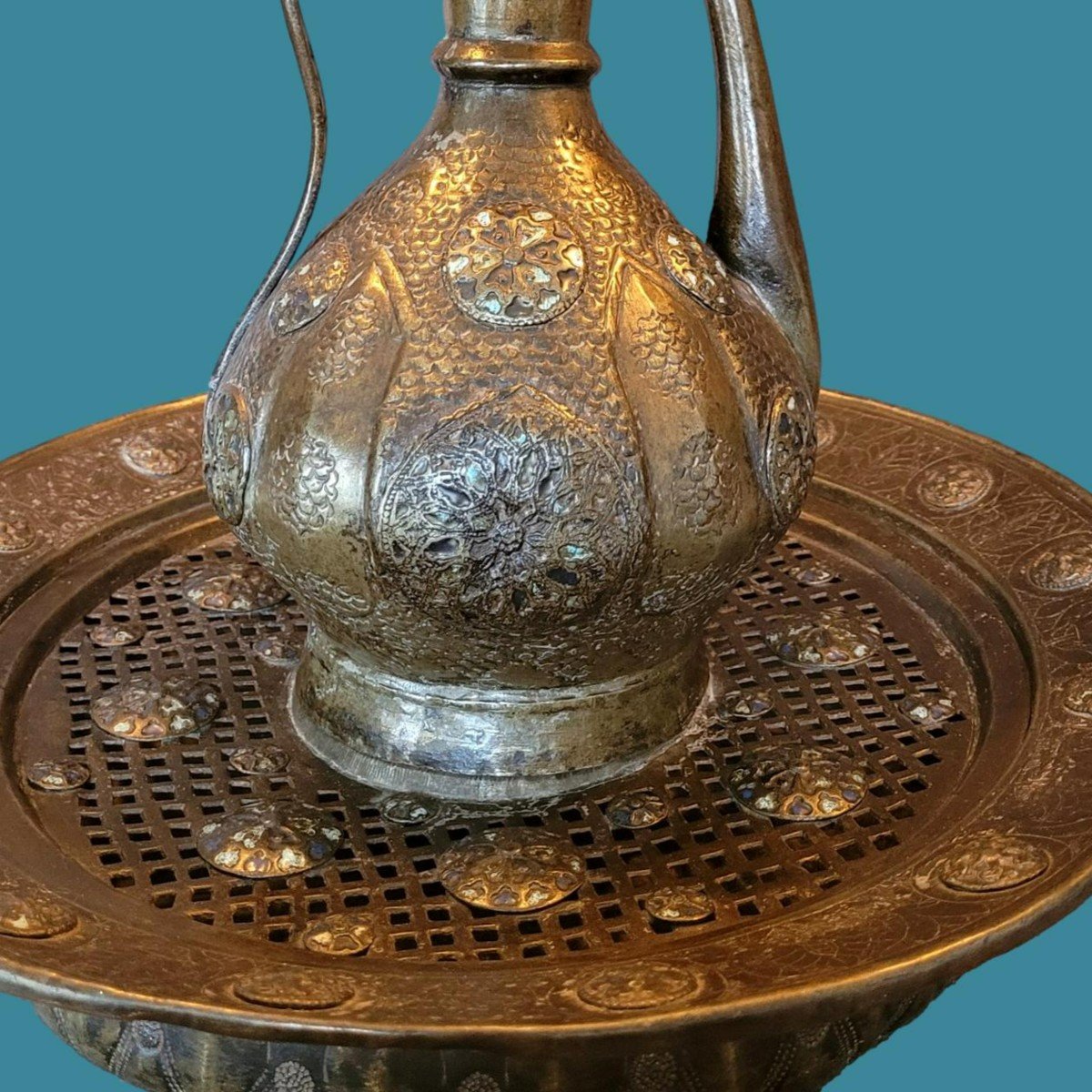













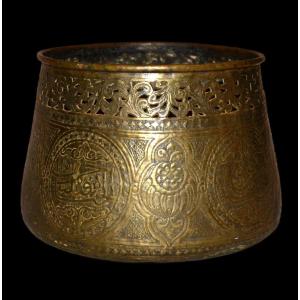
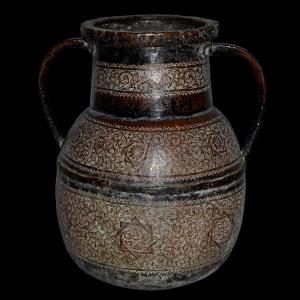
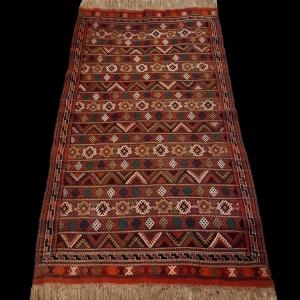
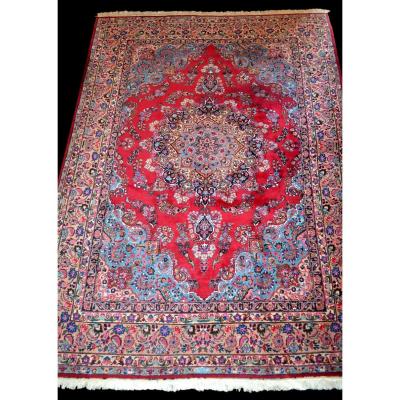







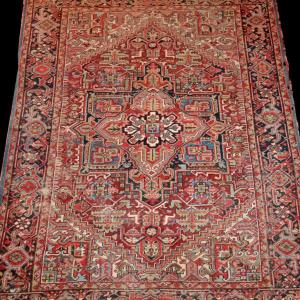


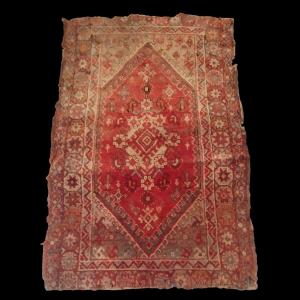
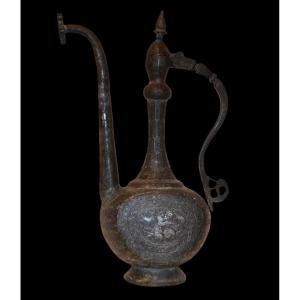
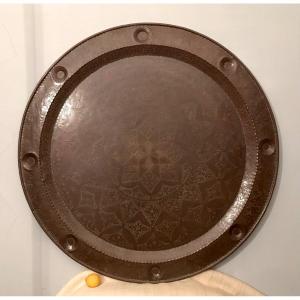
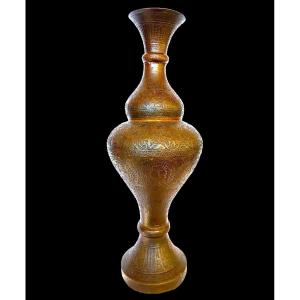
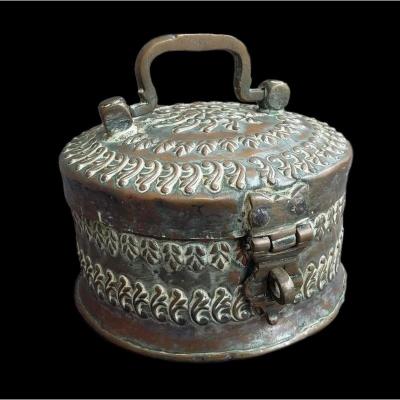
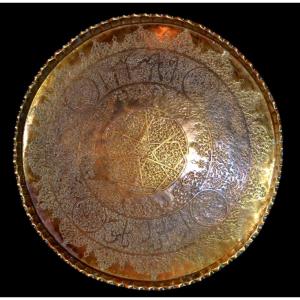



 Le Magazine de PROANTIC
Le Magazine de PROANTIC TRÉSORS Magazine
TRÉSORS Magazine Rivista Artiquariato
Rivista Artiquariato